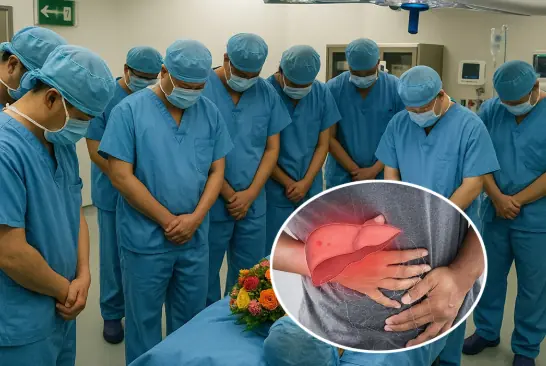
Observe Your Nails to Detect Health Issues
Observe Your Nails to Detect Health Issues: If Your Nails Show These 3 Signs, See a Doctor Immediately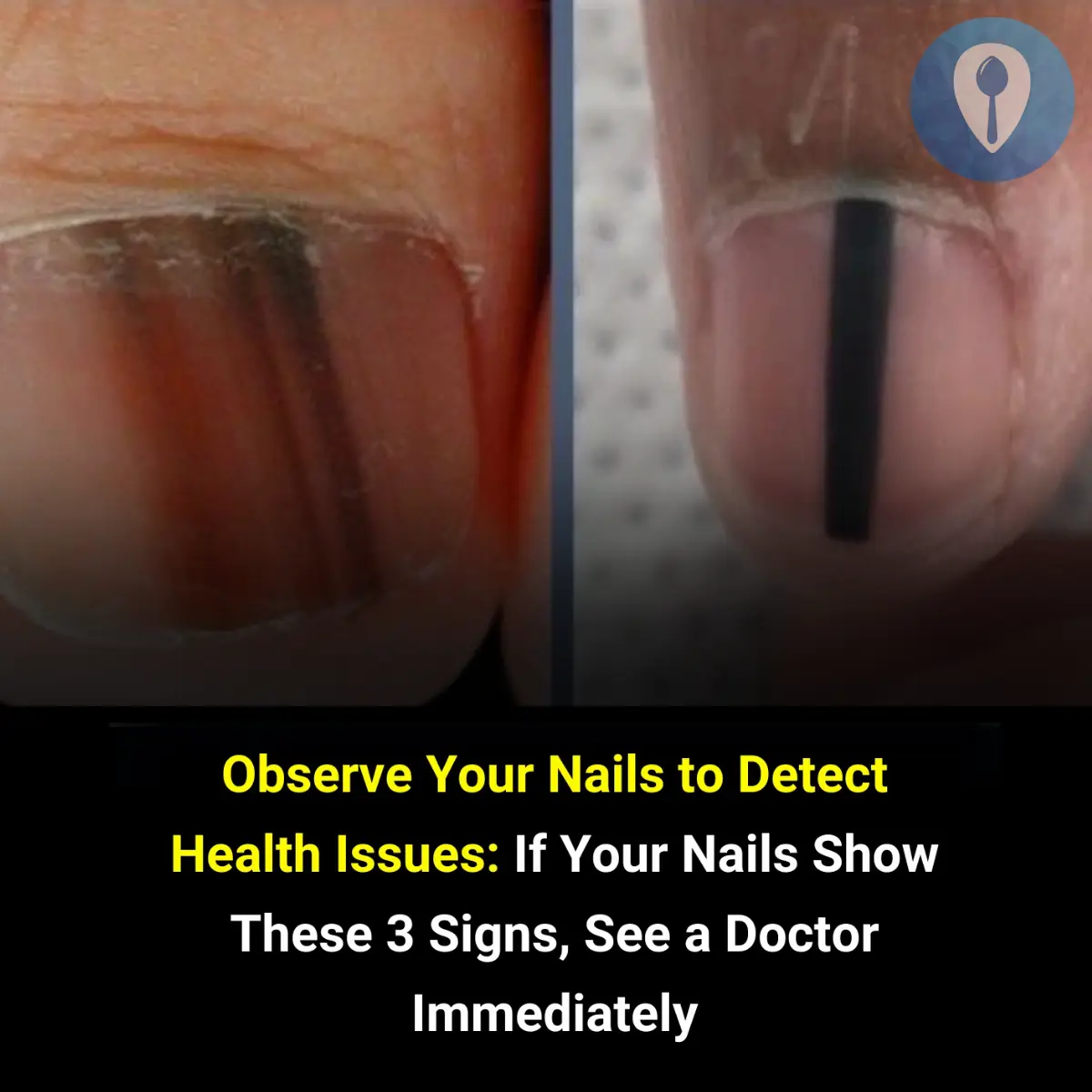
1. Check the Color
According to Dr. Zainab Laftah, a dermatology consultant at HCA Healthcare UK, if your nails appear white, yellow, blue, or black, it could be a sign of a serious health condition. Specifically, if your nails look pale, it may indicate iron deficiency, leading to anemia, and could also suggest potential issues with your heart or kidneys.
Brittle and easily broken nails may also be a result of iron deficiency.
In such cases, it is advisable to consume iron-rich foods such as meat, figs, dates, and molasses, which are excellent sources of easily absorbable iron.
If your nails turn yellow, this could be a warning sign of a thyroid infection or lung disease. Meanwhile, blue nails suggest that your blood lacks sufficient oxygen. If you do not have anemia but still have blue nails, there could be an underlying condition affecting your body's ability to pump oxygen-rich blood, which might indicate heart or lung disease.
When exposed to cold temperatures, nails may temporarily turn bluish-purple, but if they remain blue even in warm conditions, this could be a symptom of cyanosis.
White nails with white spots or streaks might be caused by underlying factors such as allergies, trauma, fungal infections, poisoning, diabetes, heart failure, or cirrhosis.
Dark streaks on the nails could indicate skin cancer. Dr. Laftah advises, "If you notice dark spots or streaks, consult a general practitioner or dermatologist immediately."
Black nails may result from trauma or fungal infections, but in some cases, they could indicate heart disease or melanoma. Melanoma may present as one or multiple dark, irregular patches on the skin, sometimes appearing underneath the nails.
Red nails may be a sign of heart disease or kidney problems and are also linked to conditions such as psoriasis and lupus. If you notice a persistent change in nail color, seek medical advice.
2. Examine the Shape
If your nails become thin, concave, and curve upward around the edges, forming what is known as "spoon nails" or "koilonychia," this could be a sign of iron-deficiency anemia or cardiovascular disease.
On the other hand, if your nails develop a clubbed appearance—where the fingertips swell and the cuticle area, which is normally slightly concave, becomes swollen—this may indicate heart, respiratory, or digestive disorders.
3. Assess the Texture
Healthy nails should be smooth and firm. If your nails become brittle or prone to breaking, this might be a sign of hypothyroidism.
The presence of small pits or depressions on the nail surface could be a symptom of psoriasis. Up to 35% of people with psoriasis experience pitting in their nails.
Changes in nail texture can also be linked to vitamin and mineral deficiencies. Deficiencies in vitamin B12, iron, zinc, or magnesium may cause vertical ridges on the nails, while a lack of vitamins A and C can lead to nail chipping or fragility.
Take a close look at your nails now to see if you exhibit any of these symptoms.
News in the same category

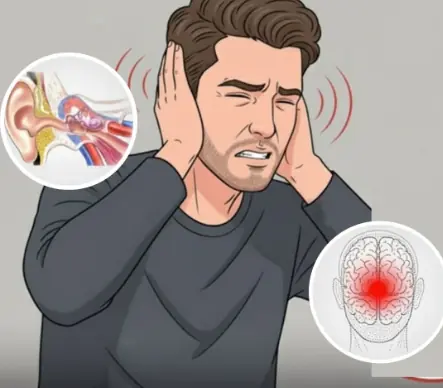
If you hear ringing in your ear, this is a sign that you will suffer from…
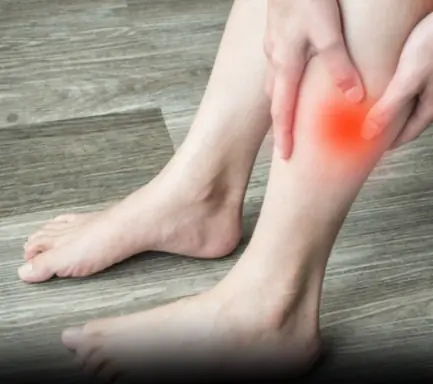
Natural Ways to Keep Your Arteries Healthy and Improve Blood Circulation
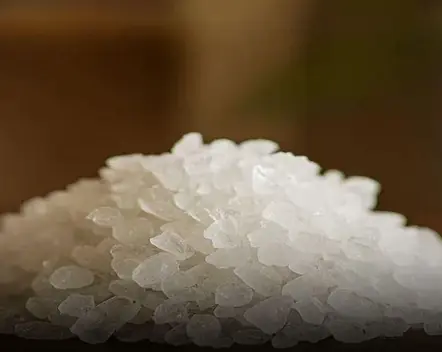
This One Superfood Could Tackle Major Health Issues—Here’s What You Need To Know
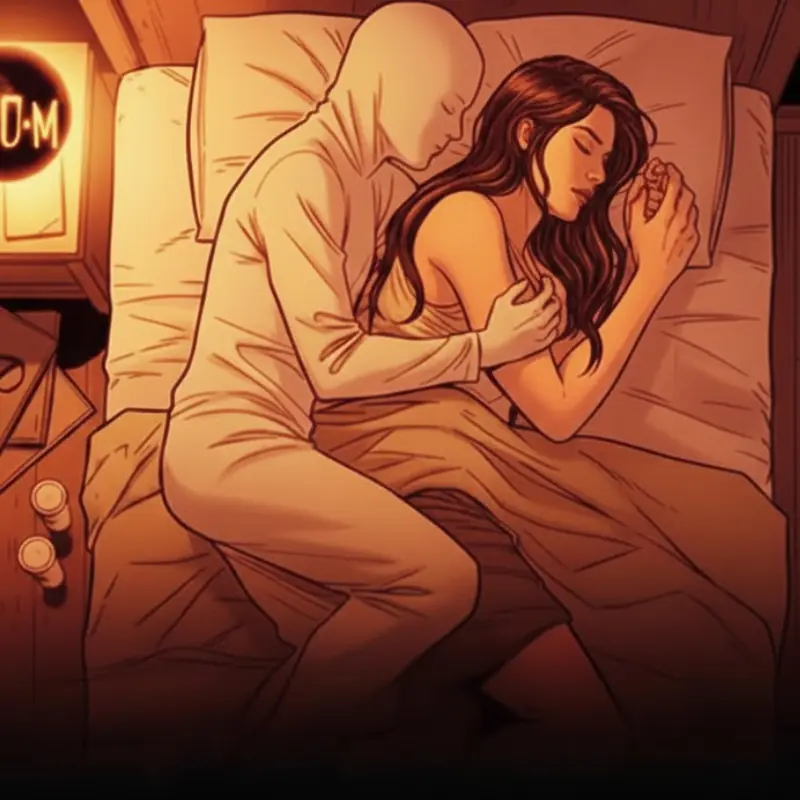
If You Often Wake Up Between 2AM and 3AM, Doctors Warn This Could Be More Than Just Poor Sleep
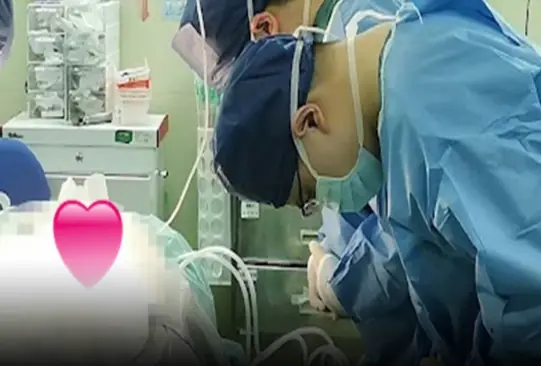
5-Year-Old Passes Away from Late-Stage Cancer: Doctors Urgently Warn Parents to Stop Giving Children These 5 Foods
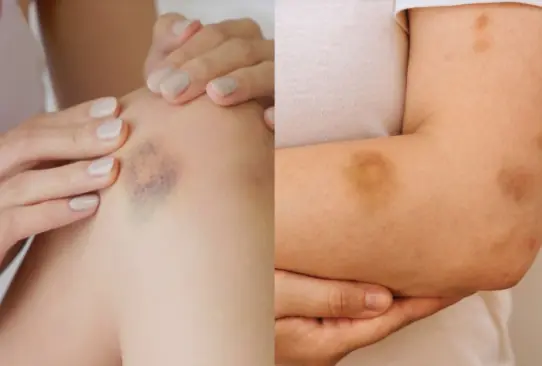
If You Get These Bruises on Your Body… Here’s What It Means
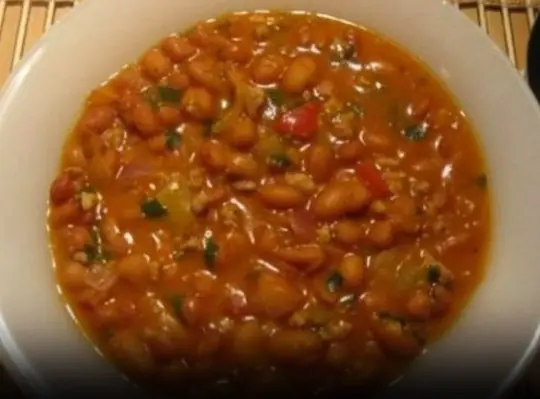
The Vegetable That Helps Reduce Sugar in The Body. It is Diabetes’ Strong Opponent
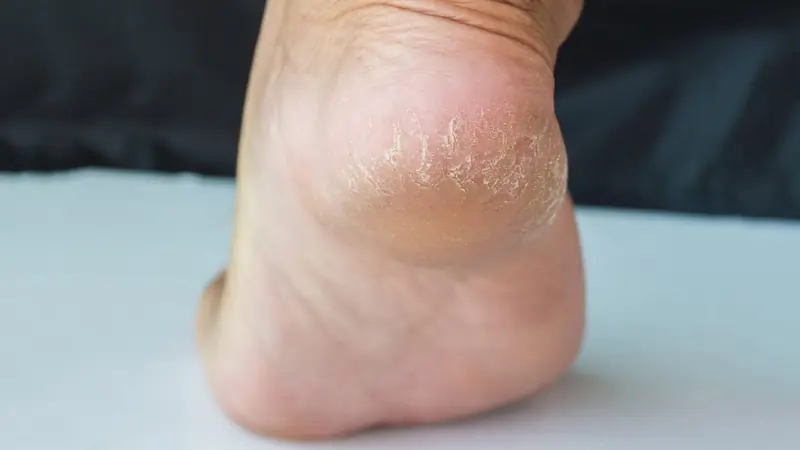
Pharmacist shares major wa:rning sign in heels of foot that could be symptom of serious condition
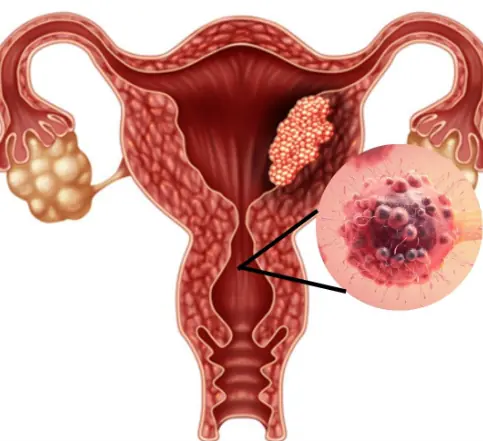
5 early warning signs of cervical cancer
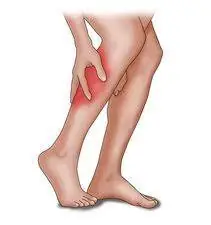
Leg Cramps Keeping You Awake? Discover the Cause and the Cure Tonight
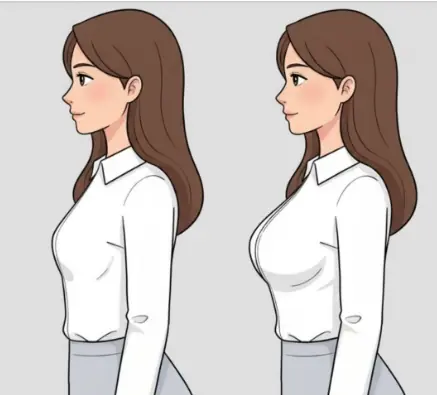
Worried About Having Small Breasts

Couple in Their 50s Diagnosed With Liver Can:cer at the Same Time—Doctors Urge: “Stop Eating These 3 Foods Immediately, Never Store Them in the Fridge”
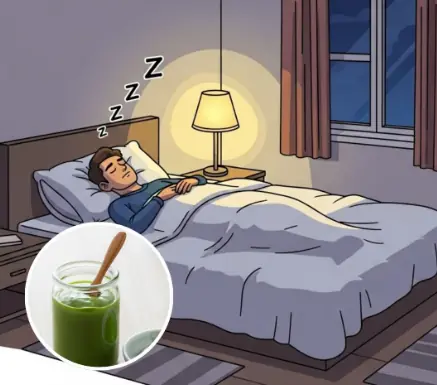
Remedy For Falling Asleep Quickly

A 20-Year-Old Teacher Dies of Liver Can.cer Doctors Reveal: Odors from 3 Body Areas Could Warn of Serious Liver Damage
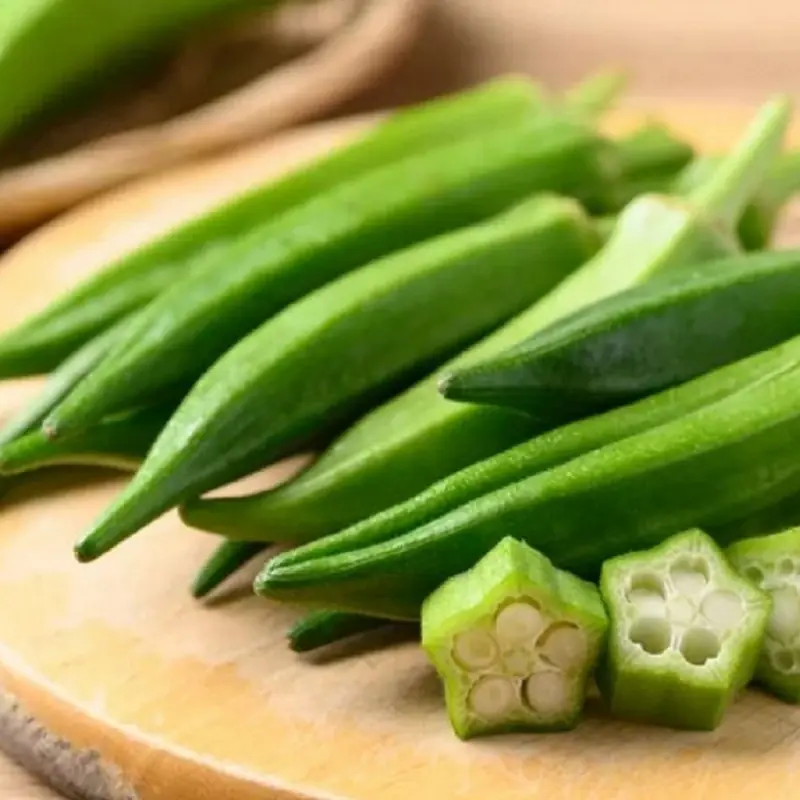
Doctors Caution That Eating Okra May Have Certain Side Effects

How a Husband’s Habits Can Affect His Wife’s Cervical Health

Woman Dies of Stomach Can.cer; Doctor Reveals 3 Bedtime Habits That Silent Harmed Her Health

Waking Up With These 4 Symptoms May Signal Lung Cancer Is “Taking Over the Lungs,” Doctors Warn
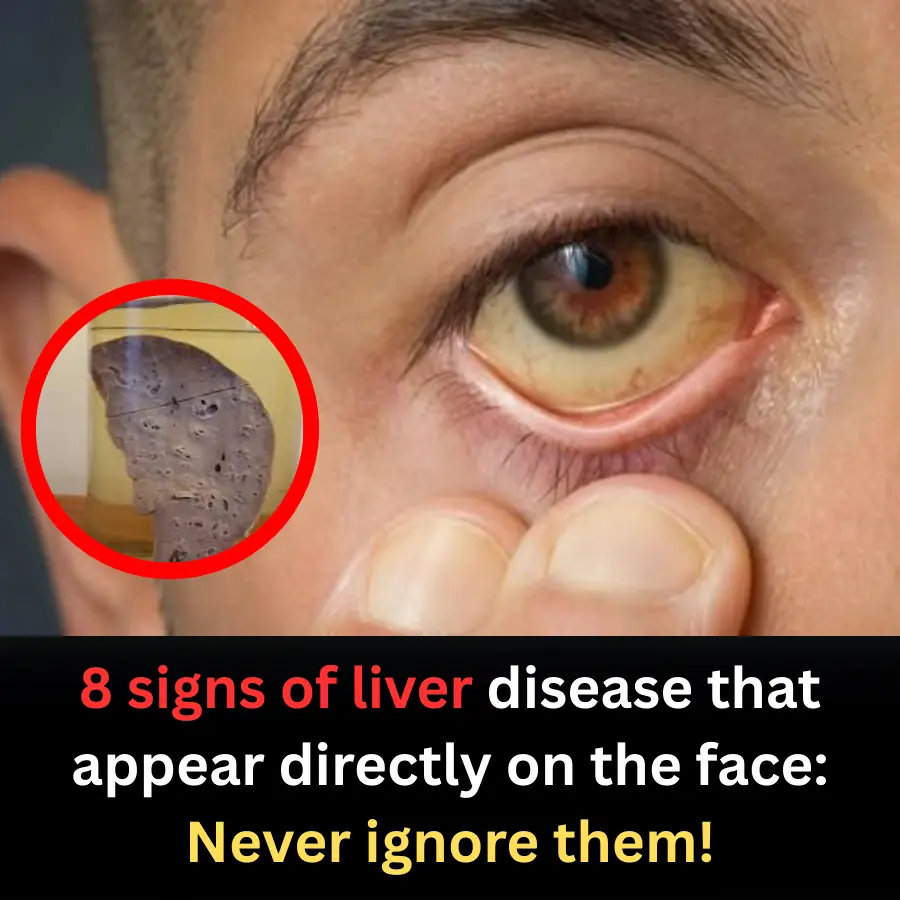
8 Facial Signs That May Signal Liver Disease — Doctors Urge the Public Not to Ignore Them
News Post

20-Year-Old Teacher Dies from Liver Cancer: Doctor Warns That Odor in 3 Body Areas Could Signal a Failing Liver
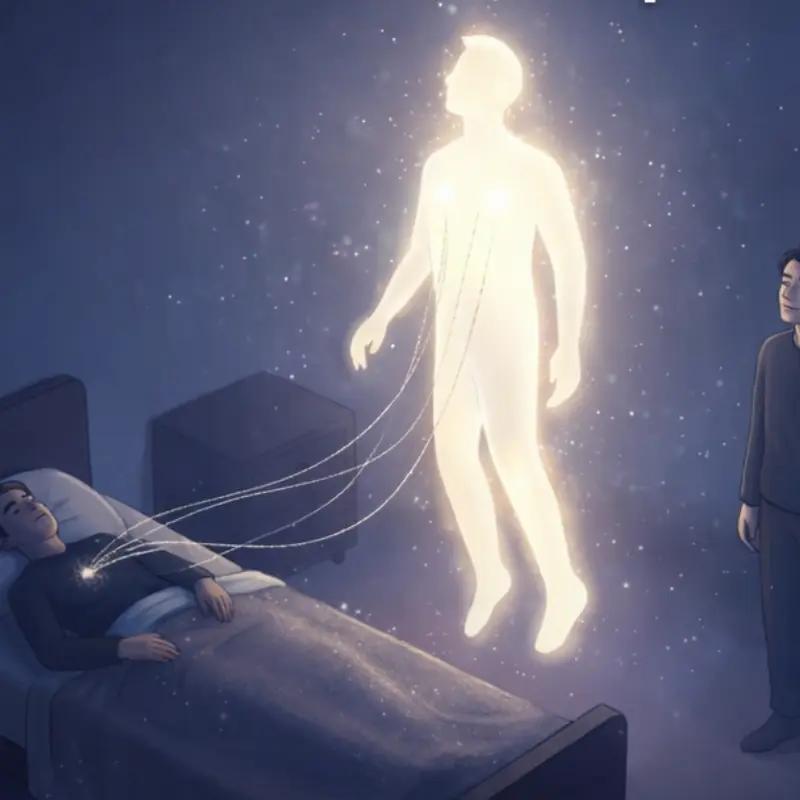
When Someone Close to You Passes Away, Never Throw Out These 4 Important Items

If you hear ringing in your ear, this is a sign that you will suffer from…

Natural Ways to Keep Your Arteries Healthy and Improve Blood Circulation

This One Superfood Could Tackle Major Health Issues—Here’s What You Need To Know

If You Often Wake Up Between 2AM and 3AM, Doctors Warn This Could Be More Than Just Poor Sleep

5-Year-Old Passes Away from Late-Stage Cancer: Doctors Urgently Warn Parents to Stop Giving Children These 5 Foods

If You Get These Bruises on Your Body… Here’s What It Means

The Vegetable That Helps Reduce Sugar in The Body. It is Diabetes’ Strong Opponent

Pharmacist shares major wa:rning sign in heels of foot that could be symptom of serious condition

5 early warning signs of cervical cancer

Leg Cramps Keeping You Awake? Discover the Cause and the Cure Tonight

Worried About Having Small Breasts

Couple in Their 50s Diagnosed With Liver Can:cer at the Same Time—Doctors Urge: “Stop Eating These 3 Foods Immediately, Never Store Them in the Fridge”

Remedy For Falling Asleep Quickly

Ancient Wisdom Explains: “Don’t Buy Pork Neck, Don’t Buy Crucian Carp”—The Real Reasons Revealed Today
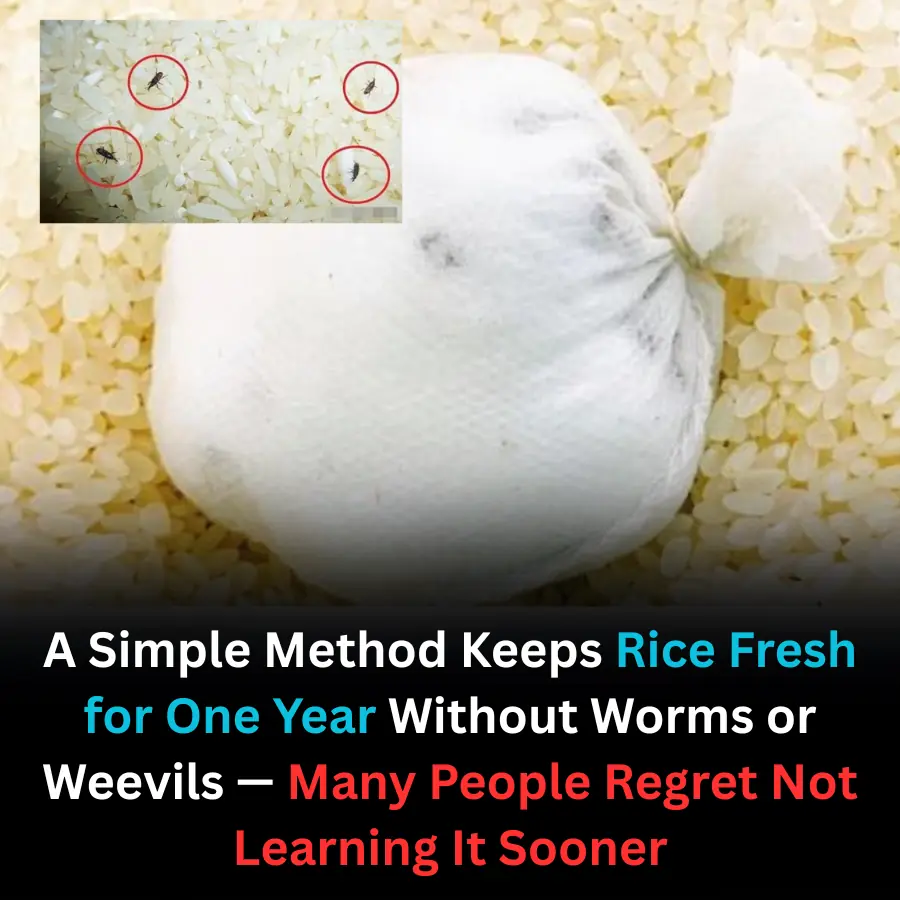
A Simple Method Keeps Rice Fresh for One Year Without Worms or Weevils — Many People Regret Not Learning It Sooner

Charging Your Phone to 100% and Unplugging It Is a Common Mistake: Experts Share the Correct Method to Double Battery Lifespan
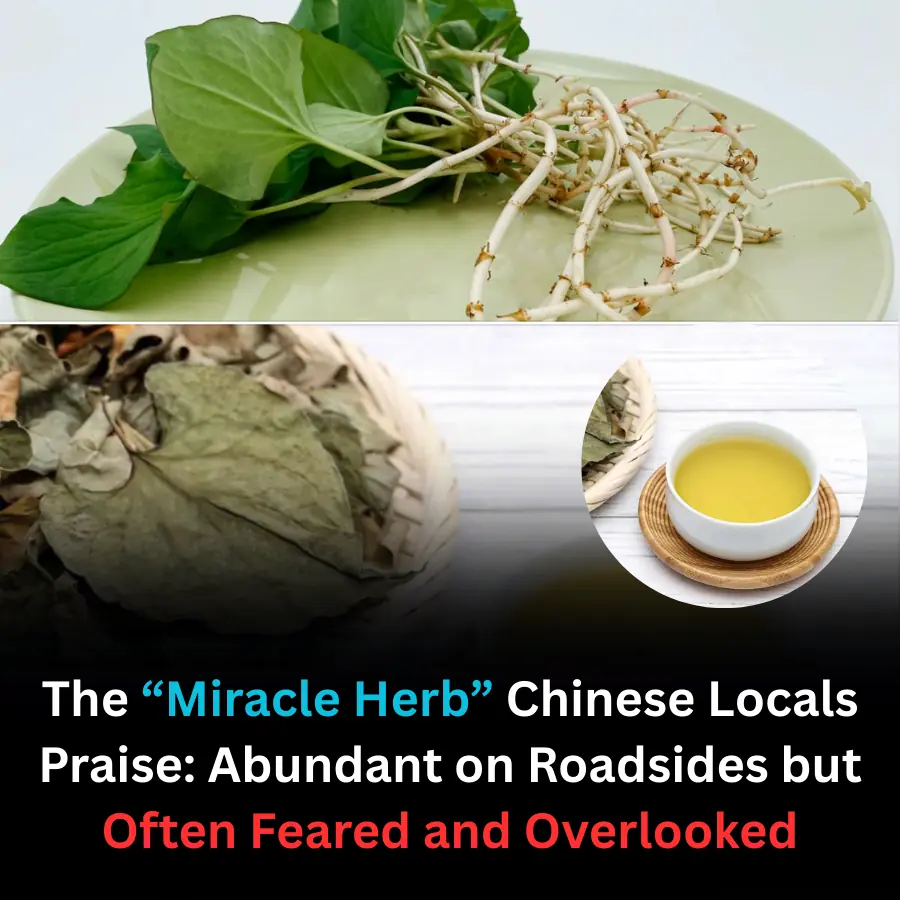
The “Miracle Herb” Chinese Locals Praise: Abundant on Roadsides but Often Feared and Overlooked
